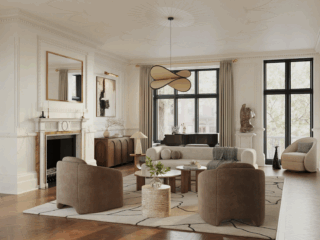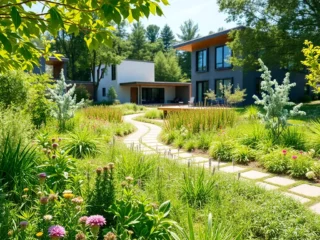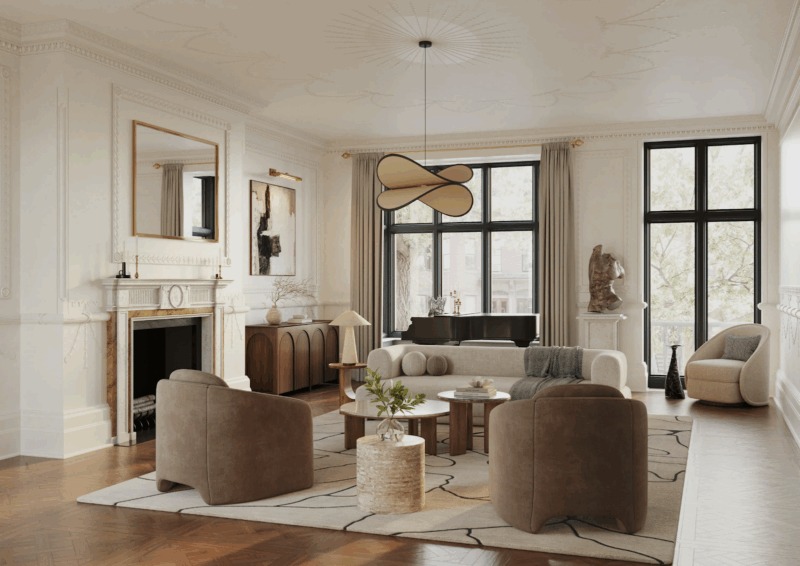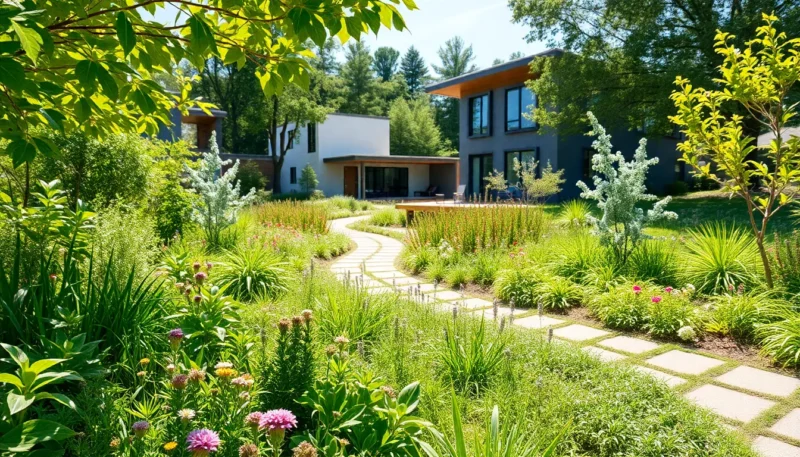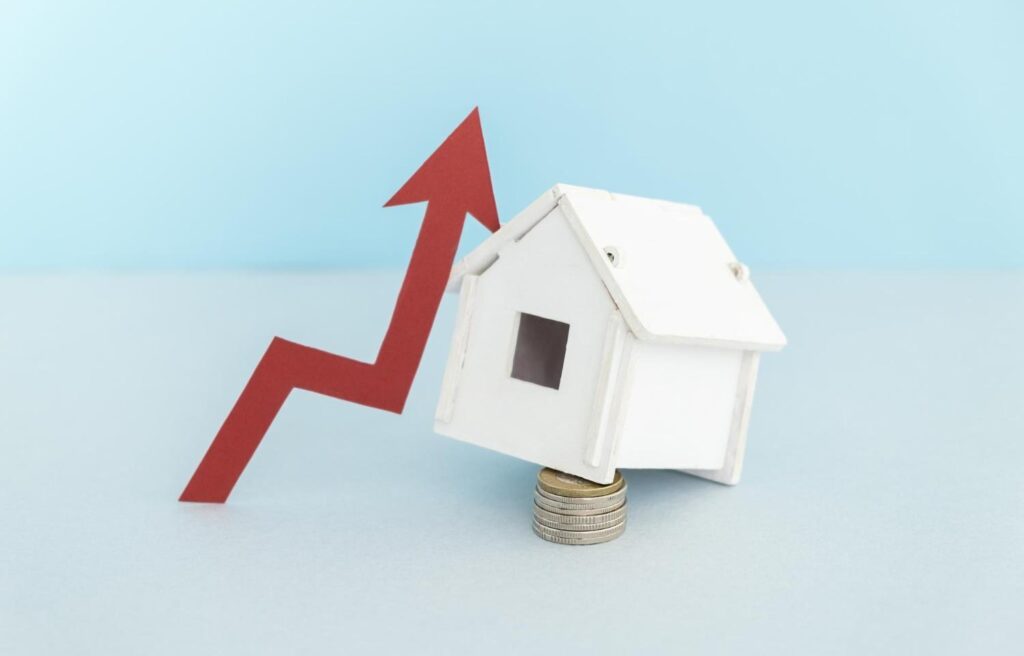
When it comes to selling property, design is often the silent negotiator. The architectural choices you make, from the shape of a doorway to the flow of natural light, can dramatically influence how buyers perceive your home’s worth. Even if you plan to sell your house as-is, thoughtful design can subtly elevate its appeal, setting your property apart in a crowded market.
In the world of real estate, architecture and emotion intersect. Buyers might not articulate why one home feels “right” and another doesn’t, but spatial harmony, light, and material balance all contribute to that instinctive reaction. Understanding how design informs perception is key to creating spaces that not only look good, but sell well.
The Psychology of Space: Why Layout Matters
Architecture shapes how people feel. Flow, proportion, and symmetry guide movement and comfort in ways we rarely notice consciously. For potential buyers, that sense of comfort often translates directly into perceived value.
Open layouts, for instance, remain one of the strongest resale assets because they create flexibility. A kitchen that connects seamlessly to a dining or living space invites imagination, buyers can picture their daily routines more easily. Similarly, wide corridors and connected sightlines make homes feel larger and brighter, even without adding square footage.
Conversely, homes with confusing circulation or cluttered additions tend to feel smaller and less cohesive. Before listing, small interventions, removing a non-load-bearing wall or widening an entry, can create openness that translates into tangible buyer interest.
These are architectural moves that don’t necessarily require full renovation, but they dramatically influence perception of space and comfort.
Curb Appeal and the First Impression
Design begins long before a buyer crosses the threshold. A home’s exterior acts as a handshake, a first impression that sets expectations for everything inside. Architectural symmetry, proportion, and façade consistency matter here more than many sellers realize.
Updating the exterior doesn’t mean starting from scratch. Strategic upgrades such as a new front door, modernized lighting, or fresh paint can transform an older structure’s character. Materials, too, play a key role: mixing stone, wood, and metal accents can add sophistication and texture while maintaining balance.
According to HGTV, investing in curb appeal improvements, even minor ones, can yield a return of up to 7% to 10% on resale value, often outperforming larger interior projects. These details matter because buyers make judgments within seconds. A well-proportioned façade signals care and quality, and that impression endures during the rest of the showing.
Light, Line, and Texture: The Architecture of Atmosphere
Light is arguably architecture’s most powerful material. It defines space, shapes mood, and influences how people experience color and form. A home that feels bright, balanced, and open will nearly always command a premium.
Maximizing light doesn’t require a full renovation. Reframing windows, removing heavy drapery, or replacing solid doors with glass-panel models can transform interiors instantly. Skylights, clerestory windows, or even reflective materials like polished plaster can further amplify illumination.
Equally important are the lines and textures that complement light. Architectural detailing, ceiling beams, moldings, minimalist trims, gives rooms definition and rhythm. Texture, whether in exposed brick, natural stone, or warm timber, adds depth and warmth. These subtle design elements collectively evoke permanence and craftsmanship, traits that buyers instinctively associate with value.
Adaptive Design: Functionality for the Modern Buyer
Today’s homebuyers want versatility. Spaces that adapt to multiple uses, such as home offices, workout nooks, or flexible guest rooms, reflect modern living trends. Architects and designers now prioritize “convertible” spaces that support lifestyle shifts without major renovation.
Even modest design changes can achieve this. Built-in shelving can turn a hallway into a reading zone. Sliding partitions can make open layouts private when needed. Thoughtful architectural flexibility gives a home longevity, and by extension, market strength.
Functionality doesn’t need to be expensive. Often, it’s about anticipating the buyer’s mindset: a sense of ease, adaptability, and purpose in every room. This foresight transforms a house from a static structure into a dynamic environment, one that buyers see as future-proof.
Material Choices That Endure
Buyers are drawn to authenticity. Real materials, wood, stone, brick, and concrete, convey honesty and longevity, qualities often lost in cheaper substitutes. While synthetic finishes may imitate aesthetics, they rarely replicate feel.
Durability also matters. Investing in materials that age gracefully sends a message: this home was built to last. That perception often justifies higher asking prices. Reclaimed wood flooring, natural fiber carpeting, and tactile surfaces communicate more than design taste; they communicate integrity.
If your goal is resale, focus on timeless rather than trendy. Neutral palettes, natural finishes, and tactile variety create a foundation that buyers can personalize without renovation fatigue. In architecture, restraint often sells better than extravagance.
Sustainability and Market Perception

Sustainable architecture is no longer a niche concern, it’s a resale asset. Features like efficient insulation, low-energy lighting, and passive ventilation appeal to environmentally aware buyers who are willing to pay for long-term efficiency.
But beyond measurable energy performance, sustainability also represents modern responsibility. Integrating eco-friendly design shows awareness of current global concerns, giving buyers confidence that the home aligns with their values.
Green features, especially when paired with thoughtful design, can elevate a property’s narrative. The home becomes not just a place to live, but an investment in the future, a message increasingly powerful in today’s housing market.
The Subtle Power of Consistency
Great architecture feels effortless. When all design elements, color, proportion, lighting, and layout, speak the same language, a sense of unity emerges. This coherence, more than any single upgrade, is what makes a home feel “finished.”
Buyers might not consciously notice the consistency between floor and wall tones, or how window trims align across rooms. But they feel it. That intuitive recognition of order and flow is what turns casual interest into conviction.
Consistency is also where professional architectural insight pays dividends. Sometimes, the smallest design corrections, aligning a window with a view, extending flooring across thresholds, softening a lighting gradient, can completely change how buyers perceive value.
Designing for resale doesn’t mean stripping a home of personality; it means refining its architectural voice to speak clearly to the next owner. Every line, material, and shaft of light contributes to the story buyers tell themselves when they walk through the door.
Even if you plan to sell your house as-is, design remains your strongest silent partner. With thoughtful architectural decisions, guided by proportion, light, material, and flow, your home can project timeless value, turning aesthetic intuition into tangible return.


